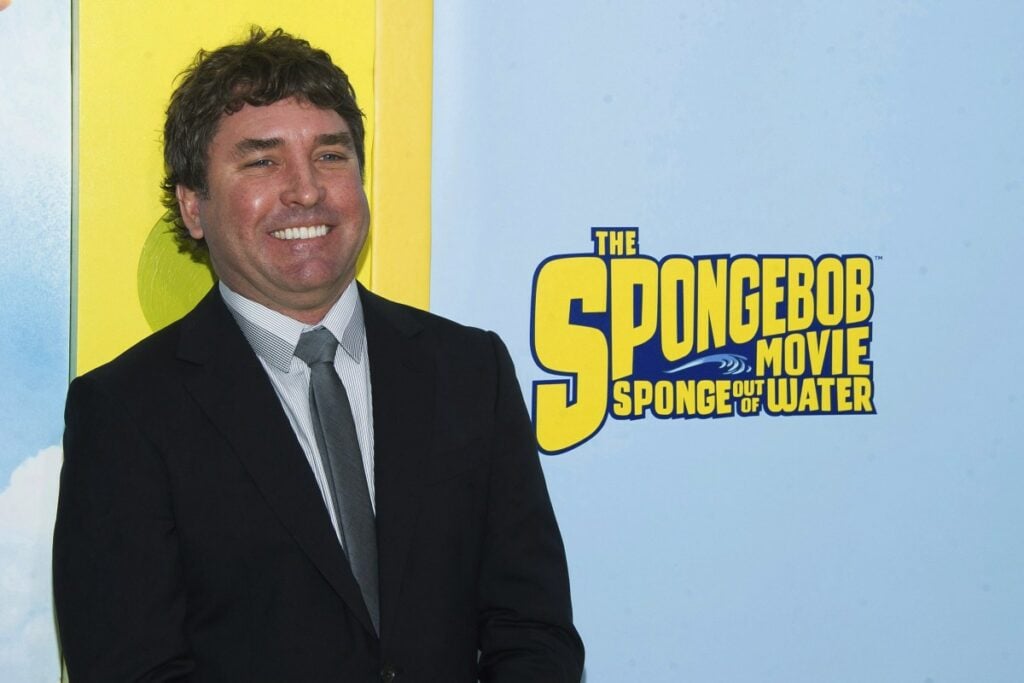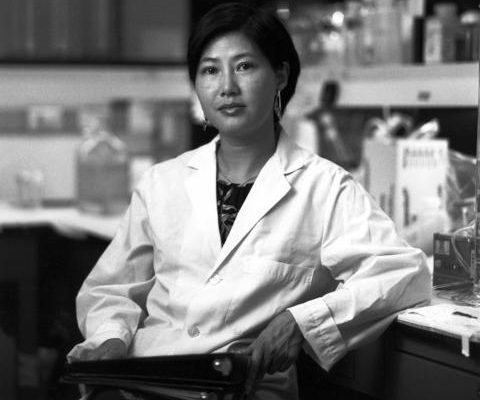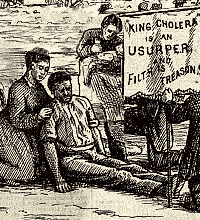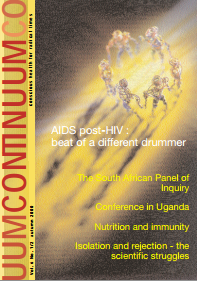After Stephen Hillenburg, the creator of SpongeBob Squarepants, graduated high school he worked as a fry cook during summers at a restaurant in Islesford, Maine known as Islesford Dock Restaurant. The restaurant would later be the inspiration for the Krusty Krab in the show.
Cartoonist whose summers in Maine inspired ‘SpongeBob’ dies at 57 Stephen Hillenburg, the animator whose childhood summers on a Maine island later inspired him to create “SpongeBob Squarepants,” died Monday in California at the age of 57, according to Nickelodeon, the network that runs the show. The cause of death was ALS, also known as […]









